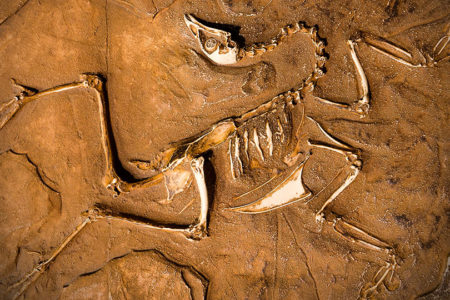Tales From a Tract
Shortly after his death on April 19, 1882, a rumor spread that Charles Darwin repudiated his “discoveries” and had turned to Christ. The story first appeared in the American Baptist journal, the Watchman Examiner, on August 19, 1915.1 In some Christian circles it still circulates today. Yet it contains more fiction than fact.
A woman named Elizabeth Cotton ministered in evangelism among the sick and elderly in England. According to the story, Lady Hope, as she became known, visits Darwin on his deathbed. He is reading the book of Hebrews as she enters his room. He tells her to gather a group of people on the grounds of his home so he can speak to them of Christ Jesus and His salvation. He also claims he was young and foolish when he promoted evolution and then affirms the truth of Scripture.
Unfortunately, no evidence substantiates this tale, which was put into a tract. Darwin continued publishing his theories even late in life. His children Francis and Henrietta denied the story, and Henrietta’s rebuttal was published in 1922 as Charles Darwin’s Death-Bed: Story of Conversion Denied by Mrs. R. B. (Henrietta) Litchfield.2 Darwin’s wife, Emma, who reportedly was “deeply pained by the irreligious nature of Charles’s views,” would have gladly corroborated such a conversion, wrote Russell M. Grigg. “She never did.”3 And after 20 years of research, Darwin’s biographer, Dr. James Moore, produced a 218-page book called The Darwin Legend, published by Baker Books in 1994.4 Moore’s conclusion: It was, indeed, only a story.
ENDNOTES
- Russell M. Grigg, “Did Darwin Recant?” Creation Magazine, volume 18, issue 1 (December 1995), [www.answersingenesis.org/creation/v18/i1/darwin_recant.asp].
- Simon Yates, “The Lady Hope Story: A Widespread Falsehood” [www.talkorigins.org/faqs/hope.html].
- Grigg.
- Ibid.







